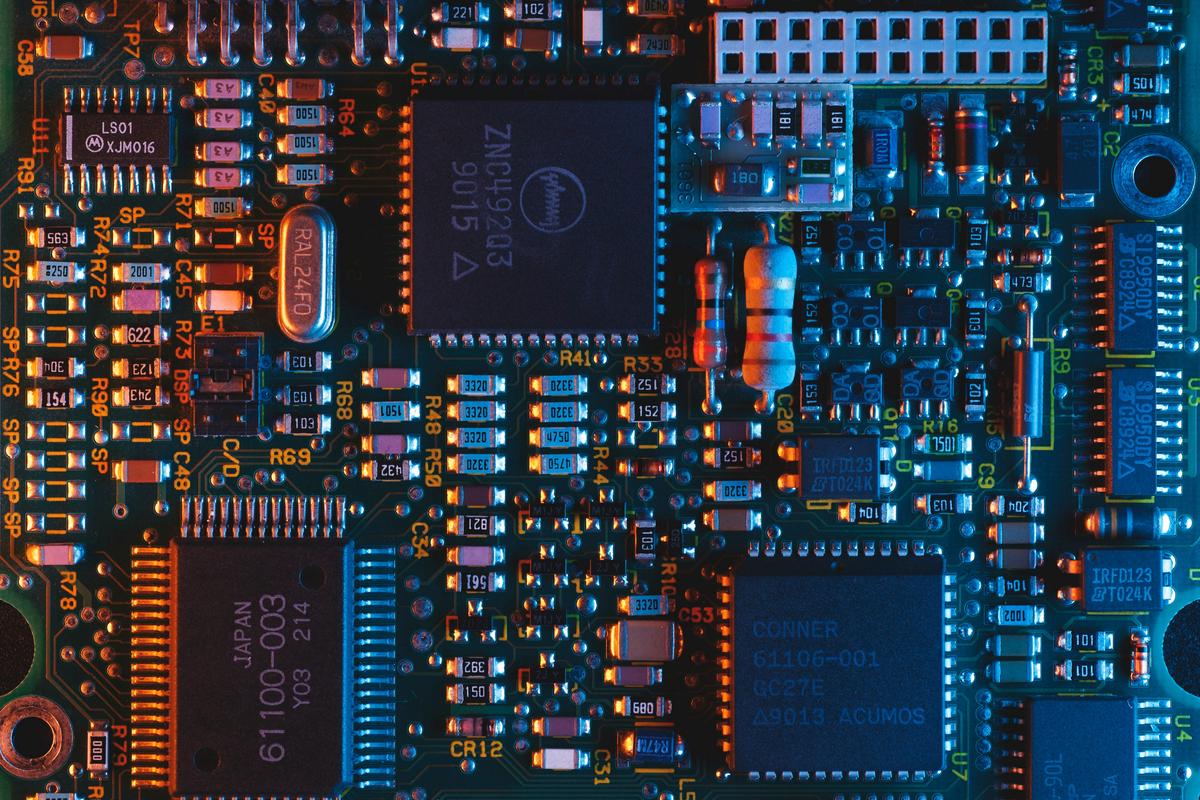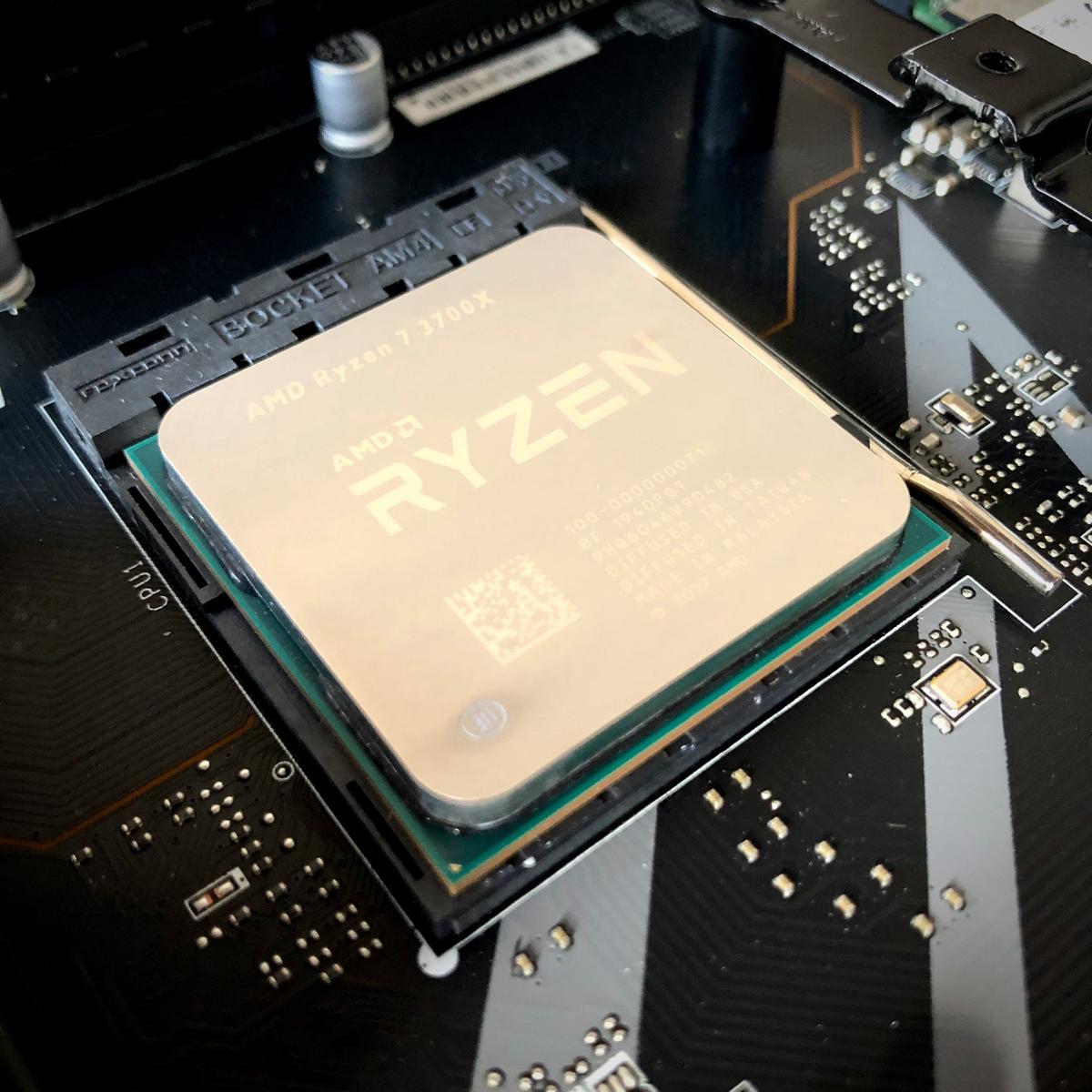When it comes to the health and performance of your computer, few things are as crucial yet often overlooked as the CPU temperature. This article aims to shed light on why keeping an eye on those numbers is more than just a technical obsession—it’s a necessity for anyone relying on their computer daily. By understanding what those temperatures mean and how they affect your system, you’re taking a significant step towards ensuring your computer’s longevity and reliability.
Understanding CPU Temperature
Understanding CPU Temperature and Its Significance
In a computer, the CPU (Central Processing Unit) is king. It’s the brain where all the major computing happens. Just like how humans can get overheated when working too hard or when it’s too hot, CPUs can also heat up. The measurement of this heat is what we refer to as CPU temperature, and it plays a pivotal role in the health and performance of your computer.
Here’s Why CPU Temperature Matters
- Performance: When a CPU gets too hot, it doesn’t work as efficiently. Just like how you might slow down on a really hot day, your computer slows down too. High heat can cause the CPU to reduce its speed to avoid damage, leading to a sluggish and slow computer.
- Health and Lifespan: Consistently running at high temperatures can drastically reduce the life expectancy of your CPU. It’s similar to running a car engine on high for too long. Eventually, parts wear out quicker.
- Safety: Extreme temperatures aren’t just bad for the CPU’s health but could pose a risk to other components, and even lead to hardware failure or fires in severe cases.
What’s a “Normal” CPU Temperature?
A so-called “normal” temperature is dependent on the make, model, and load on the CPU. Generally, when idle (meaning the computer isn’t doing much), 30°C to 40°C is considered cool. Under load (when your CPU is working hard), temperatures between 70°C and 80°C are noted as safe, but going over 80°C is where things start to get dicey.
How to Check Your CPU Temperature
Checking the temperature can be done through your computer’s BIOS, dedicated software provided by the CPU’s manufacturer, or third-party applications. Many modern systems also include hardware monitoring in their pre-installed software suite.
Too Hot to Handle? Here’s What to Do
- Keep It Clean: Ensure your computer’s fans and vents are free of dust. Dust accumulation can impede airflow, making it more difficult to keep the system cool.
- Better Ventilation: Make sure your computer has enough space around it for air to circulate freely.
- Upgrade Cooling System: Consider adding more fans, or if you’re serious about cooling, look into liquid cooling systems.
- Monitor and Manage: Keep an eye on those temperatures. If they consistently run high, review your computer’s workload. Running fewer programs simultaneously can reduce CPU load and heat.
In conclusion, maintaining a healthy CPU temperature is central to ensuring the well-being of your computer. Overheating can lead to slowed performance, potential damage, and even unscheduled hardware shopping sprees. So, treat your CPU to a well-ventilated environment, keep it clean, and your digital companion will thank you with prompt responses and enduring service.

Using Command-Line Tools
Checking your CPU’s temperature is essential to maintain your computer’s health and performance. Here’s a straightforward guide to do just that using command-line tools on two popular operating systems: Linux (including Ubuntu) and Windows.
On Linux/Ubuntu
- Install lm-sensors:
- Detect sensors:
- Check CPU temperature:
First, you need a tool called lm-sensors. Open your terminal and type:
sudo apt-get install lm-sensors
Confirm the installation by pressing Y when prompted.
After installation, you need to detect the sensors in your system. Type:
sudo sensors-detect
Answer “yes” (y) to all of the prompts. This process helps identify the available sensors on your system.
Once the sensors are detected, you can check your CPU temperature. Simply enter:
sensors
You’ll see a list of temperatures from various sensors, look for the ones labeled as CPU or Core.
On Windows (Using Windows Subsystem for Linux – WSL)
- Enable WSL:
- Install a Linux Distribution from Microsoft Store:
- Follow the Linux steps:
Before using Linux commands on Windows, ensure the Windows Subsystem for Linux (WSL) is enabled. Search for “Turn Windows features on or off” in the start menu, check the box next to “Windows Subsystem for Linux”, click OK, and reboot.
Post-reboot, search for a Linux distribution (e.g., Ubuntu) in the Microsoft Store, install it, then launch the Linux distribution and complete its setup.
With your Linux distribution set up in WSL, follow the aforementioned Linux steps to install lm-sensors, detect sensors, and finally, check the CPU temperature.
Summary
By following these steps, you can effortlessly monitor your CPU temperature directly from the command line. This simple preventative measure allows you to avoid overheating problems and ensure your computer operates efficiently and safely. It’s a quick check that can save you from the potential hassle of overheating issues down the line.

Interpreting Temperature Readings
Interpreting CPU Temperature Readings: A Simple Guide
When it comes to figuring out what those CPU temperature readings really mean, it can seem like you’re trying to crack a code. But don’t worry, it’s not as complicated as it looks. Here’s a straightforward way to interpret those numbers and understand what they’re telling you about your computer’s health.
First off, remember that the temperature is usually measured in Celsius. When you see a number, that’s the temperature of your CPU at that moment.
So, what’s a good temperature? On idle, your CPU should sit comfortably between 30°C and 40°C. This is when it’s not doing much, just hanging out. But when you start running programs or playing games, it’s normal for the temperature to climb. Under load, seeing temperatures between 70°C and 80°C is usual. These are safe operating temperatures that shouldn’t cause you to worry.
However, if you notice your CPU’s temperature jumping above 80°C too often, even hitting the nineties, it’s time to pay close attention. This isn’t necessarily emergency territory, but it’s not ideal either. High temperatures in this range, especially if they’re consistent, can shorten the life of your CPU over time. It’s a sign your cooling solutions might not be keeping up with your CPU’s needs.
Crossing the 90°C mark does enter the danger zone. Here, you’re not only risking the health of your CPU but potentially other components too. Your computer might start to show signs of distress such as random shutdowns or reduced performance, as it tries to protect itself from the heat.
Now, let’s briefly touch on what to do if your readings are consistently high:
- Re-evaluate your cooling setup. Look into more robust cooling solutions or ensure your current system is functioning correctly.
- Check for dust buildup. Sometimes, a good cleaning is all that’s needed to bring those temperatures down.
- Reapply thermal paste. If it’s been a while since you’ve replaced the thermal paste between your CPU and its cooler, now might be a good time. It helps improve heat transfer.
- Review your computer’s environment. Make sure there’s adequate ventilation and that it’s not tucked away in a hot, enclosed space.
And there you have it. By keeping an eye on those temperatures and knowing what they mean, you can ensure your computer continues to run smoothly and avoid any heat-related hiccups.

Keeping your CPU temperature in check is not just about avoiding immediate problems; it’s about investing in the future of your computer. Regular monitoring and appropriate actions can prevent issues that lead to bigger headaches down the line. Remember, a healthy CPU means a healthy computer, ready to handle whatever tasks you throw at it with efficiency and stability. So take that extra moment to check in on your CPU’s temperature—it’s a small effort that goes a long way in maintaining the heart of your digital world.
Writio: Your ultimate content creation companion! This article was crafted by Writio.
Leave a Reply